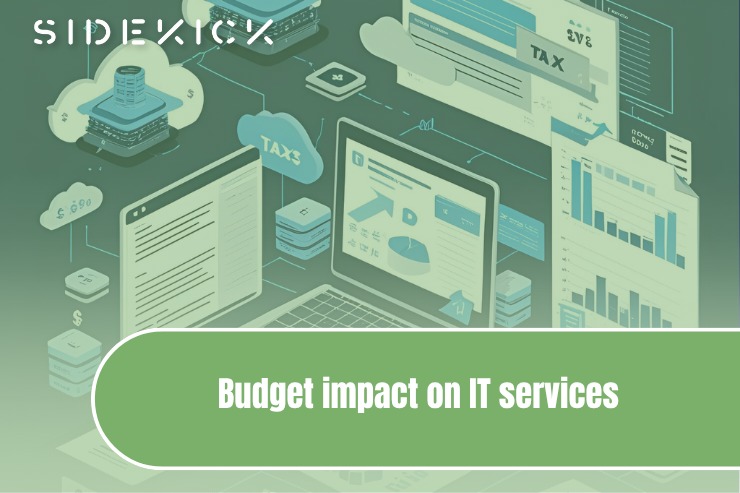The 2025–26 federal budget comes at a critical juncture for Pakistan’s IT industry. As technology exports are on the rise and international demand for digital services is increasing, there was hope that the government would present a visionary framework. The budget sends confusing signals instead the budget provides some infrastructure support but also imposes more taxation that may undercut growth.
Government Allocations for IT Projects
The budget provides Rs 13.5 billion to the Ministry of IT and Telecom under PSDP. Some of the important projects covered are:
- Islamabad and Karachi Technology Parks
- Cybersecurity infrastructure development
- National Semiconductor Human Resource Development Program
- Electronic health record systems
- IT startup and venture capital investment in less developed areas like GB and AJK
These investments demonstrate that the government realizes the value of digital infrastructure and coverage within regions for technology. But cash will not address the underlying problems that are damaging the industry.
Digital Levy Raises Concerns for Service Providers
Perhaps the most controversial part of the new budget is the 5 percent withholding tax on digital transactions. The tax applies to payments made to local and foreign service providers for cloud computing, digital consultancy, e-learning, and other similar services.
For IT and software houses operating on thin margins, the gross-based tax imposes a burden that cannot be deducted or claimed back in the future. Industry leaders believe that it could lead to discouraging foreign customers and making it difficult for Pakistani IT companies to compete internationally.
Uncertainty Over Export Tax Regime
The technology industry has been based on a streamlined last-in-first-out tax system for exports. They taxed foreign revenues at a rate of 0.25 percent. The incentive is set to expire in 2026, and the budget does not give any suggestion of how it will be renewed. The fact that there is no formal renewal puts it at risk, particularly for companies considering long-term foreign contracts or seeking investment.
The unpredictability of export tax policy will erode companies’ confidence in expanding operations, and investors will redirect funds to countries where digital taxation is more predictable.
How do you think the new budget will impact your IT business?
Get in Touch
Fill out the form below, and we will be in touch shortly.
Added Compliance for E-Commerce and Freelancers
The budget expands online business and intermediary tax obligations. New definitions of “online marketplaces” expand to include banks, couriers, and payment processors as those who are required to withhold and report withholding taxes on behalf of vendors.
While designed to improve tax compliance, they risk putting burdensome documentation and go-between costs on small e-commerce businesses and freelancers—without corresponding simplifications or incentives.
FBR Digitization and Broader Reform Plans
The government has also announced on the institutional front that it intends to digitalize FBR systems based on AI audits, real-time e-invoicing, and data-driven anti-fraud systems. The changes are meant to modernize the tax authority and enhance transparency.
But these reforms are not beneficial to the development of the IT sector; rather, they are beneficial to the business of tax enforcers. There is no specific plan in the budget to fund tech entrepreneurs and cloud infrastructure, nor are there efforts to build a system of remote work, which is becoming increasingly dominant in the Pakistani digital economy.
What the IT Sector Still Needs
Although money and regulation have been allocated, the budget still falls short of covering the primary needs of Pakistan’s IT industry. They are:
- A long-term, stable export tax policy
- Removal of non-deductible taxes on Internet services
- Legislative clarity for start-ups and freelancers
- Investment incentives for enterprise cloud services and private data centers
Without such structural adjustments, the industry may not be in a position to sustain export growth and talent retention two dimensions critical to long-term national development.
Conclusion
Although the budgeted allocations for 2025-26 provide some incentives in the form of developments and the digitization of the country, they are not shaping the future of the IT services industry in Pakistan as much as is needed. The introduction of new levies and the non-definitive handling of export incentives sends a mixed message to the industry, which holds the promise of reviving another jump in the country’s economic development.
To unlock its digital potential, future budgets in Pakistan need to target not just infrastructure but also policies that incentivize innovation, attract European customers, and retain the local workforce. In its absence, there is a risk that the country will lose momentum in one of the few export sectors that are performing well.







